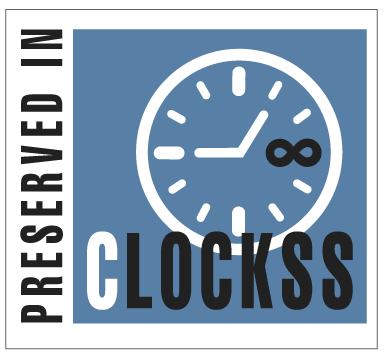Abstract
Early and precise detection of Coronavirus related anomalies in lung computed tomography scans is necessary for implementing preventive measures and initiating proper treatment. However, the procedure of visually examining lung computed tomography (CT) images is demanding particularly when it comes to detecting tiny anomalies. This work intends to use artificial intelligence (AI) to help radiologists improve their illness diagnostic efficacy in reading computed tomography images by localizing, detecting, and quantifying COVID-19 pulmonary lesion severity to predict patient outcomes. A public dataset has been acquired from 20 Corona patients, which includes manually annotated lung and infection masks, to train a parallel quantification system (PSACOVID Net) that consists of two networks. The first one (UCGAN) is dedicated to identifying lung parenchyma, while the second one (ECGANCOVID) focuses on identifying areas affected by COVID-19 lesions to predict the disease severity stage. An additional data augmentation method in the preprocessing step is introduced in the proposed method to improve the diagnostic performance and provide a way to accurately quantify the infected area of the lung.Consequently, our framework has outperformed various baseline methods by achieving the highest sensitivity of 98.80% in COVID-19 detection performance and Enhance- Mean Absolute Error of 0.53% in quantifying infected lung regions.
Keywords
3D reconstruction, COVID-19 disease, COVID-19 severity assessment, Deep neural networks, Quantification of lung disease.
Subject Area
Computer Science
Article Type
Article
First Page
2772
Last Page
2790
Creative Commons License

This work is licensed under a Creative Commons Attribution 4.0 International License.
How to Cite this Article
Hussan, Payman Hussein and Ali, Israa Hadi
(2025)
"PSACOVID: Parallel Segmentation Architecture for Localization and Contagion Quantification of Covid-19 Pneumonia in Chest Computed Tomography Imaging,"
Baghdad Science Journal: Vol. 22:
Iss.
8, Article 26.
DOI: https://doi.org/10.21123/2411-7986.5037








